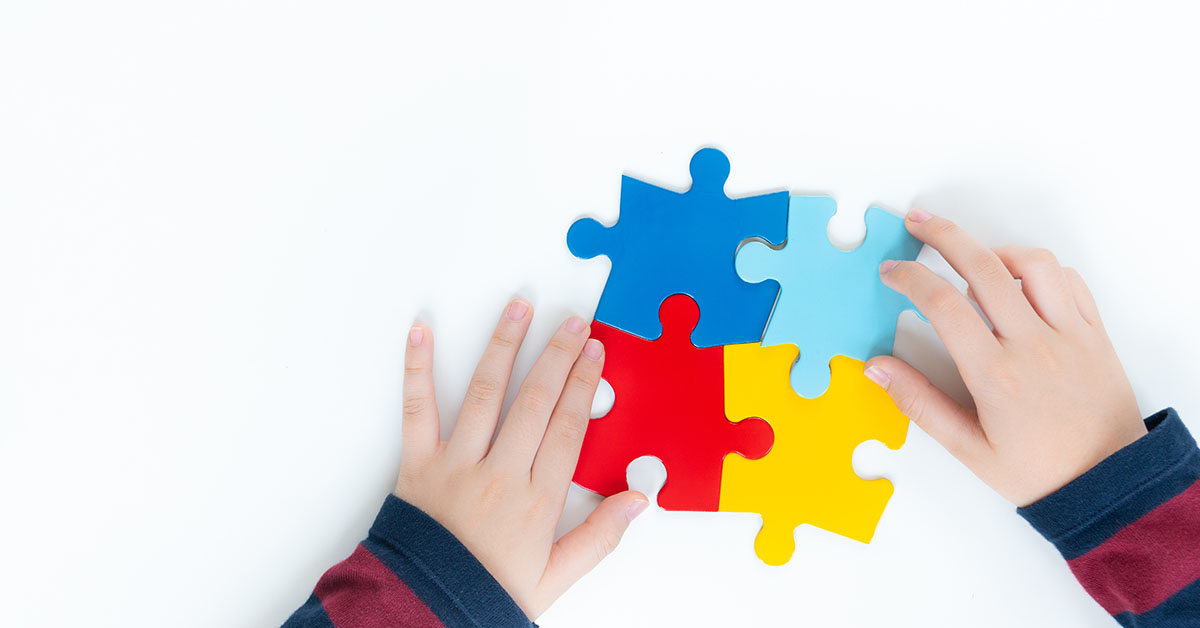Understanding Autism: A Comprehensive Overview to Signs And Symptoms and indications
Autism Range Condition (ASD) encompasses a broad variety of features that can significantly impact an individual's social interactions and everyday performance. Recognizing these subtleties not only aids caregivers and teachers in supplying proper assistance yet also fosters a more inclusive setting for people with ASD.
Overview of Autism Spectrum Disorder
Defining Autism Spectrum Disorder (ASD) involves recognizing it as a complex neurodevelopmental condition characterized by a variety of difficulties in social interaction, communication, and behavioral patterns. The term "spectrum" reflects the wide variability in symptoms and their severity, which can vary significantly from one individual to another. ASD generally manifests in early childhood, although some people might not get a diagnosis until later in life.
Elements influencing the development of ASD include hereditary proneness and ecological variables, although the specific reasons stay under investigation. Diagnosis often depends on behavior evaluations, as there are no conclusive clinical tests for ASD. Early intervention is essential and can dramatically boost end results, concentrating on enhancing interaction skills, social communications, and flexible behaviors.
People with ASD may also display distinct toughness, such as phenomenal interest to detail or certain areas of knowledge. Recognizing the diverse nature of ASD is essential for promoting an inclusive atmosphere that accommodates neurodiversity. Continued research study is vital for creating effective interventions and support systems, making it possible for individuals with ASD to grow and satisfy their possible within society.
Typical Indicators of Autism
Acknowledging the usual signs of Autism Spectrum Problem (ASD) is important for very early recognition and intervention. These indications can differ widely in intensity and discussion, but specific features are frequently observed in individuals with ASD.
Among one of the most prevalent indications is a significant trouble in establishing and preserving eye contact. People might also exhibit restricted passion in social interactions and reveal a choice for solitary play. Repeated actions, such as hand-flapping, shaking, or spinning items, typically arise early in childhood. Furthermore, some youngsters might develop rigorous routines and end up being distressed if these routines are interrupted.
Sensory sensitivities are also common; individuals may underreact or overreact to sensory stimulations, such as appearances, lights, or audios. autism. Language growth can be irregular, with some children displaying delayed speech or making use of language in uncommon means, including echolalia-- repeating sentences or phrases listened to elsewhere
It is necessary to keep in mind that not every individual with ASD will present all these indicators, and the degree of these behaviors can differ dramatically. Early acknowledgment enables for timely assistance and resources, boosting the lifestyle for those on the spectrum.
Social Interaction Difficulties
Social communication obstacles are a trademark of Autism Spectrum Problem (ASD), affecting an individual's capacity to involve efficiently with others. These troubles can materialize in various methods, including obstacles in starting and keeping conversations, understanding social hints, and responding suitably in social interactions.
People with ASD may fight with nonverbal communication, such as eye call, faces, and body movement. This can result in misconceptions, as their communicative intent may not be correctly analyzed by others. They may locate it tough to grasp the nuances of tone and context, which are crucial for efficient interaction.
In team settings, people with ASD might feel overloaded and might not know exactly how to sign up with in conversations (autism). They could additionally display irregular conversational patterns, such as monologuing concerning specific passions without identifying social reciprocity
Furthermore, these difficulties can lead to social seclusion or troubles in forming connections, as peers might misunderstand their behavior or communication design. Recognizing these social communication difficulties is essential for cultivating encouraging environments that promote social abilities growth and enhance the quality of interactions for individuals on the autism range.
Sensory Feedbacks and sensitivities
Several people with Autism Spectrum Disorder (ASD) experience enhanced sensory level of sensitivities that can substantially impact their day-to-day lives. An individual with ASD may find this locate daily noises, such as a vacuum cleaner or crowded settings, extremely upsetting, leading to anxiety or disasters.
Sensory processing distinctions in people with ASD can also influence their capability to engage in regular activities and social communications. For example, a youngster who is delicate to touch may resist physical love or prevent particular clothes textiles. A preference for specific appearances or tastes can limit nutritional options and produce challenges during nourishments.
Comprehending these sensory level of sensitivities is necessary for recognizing the distinct experiences of individuals with ASD. Understanding of their sensory accounts can cultivate far better interaction and assistance strategies, creating an atmosphere that fits their demands and boosts their quality of life. Ultimately, acknowledging sensory sensitivities is a vital element of understanding the wider range of autism.

Sustaining Individuals With Autism
Efficient assistance for individuals with Autism Spectrum Condition (ASD) is crucial for improving their general health and fostering self-reliance. Assistance strategies ought to be this contact form customized to fulfill the special demands of each person, considering their strengths and difficulties.

Social skills training can also play an essential duty. autism. Engaging individuals in team tasks or role-playing circumstances can boost their ability to navigate social communications. In addition, it is necessary to enlighten relative, caretakers, and peers about ASD to foster a encouraging and inclusive neighborhood
Verdict
By cultivating boosted communication and social skills, people with autism can navigate their environments extra successfully. Ultimately, enhanced recognition and support can considerably enhance the top quality of life for those impacted by ASD.
Autism Range Problem (ASD) incorporates a large variety of characteristics that can dramatically influence an individual's social communications and daily performance.Individuals with ASD might have a hard time with nonverbal interaction, such as eye get in touch with, face expressions, and body language.Lots of check it out people with Autism Spectrum Problem (ASD) experience increased sensory level of sensitivities that can substantially impact their daily lives.Sensory handling differences in individuals with ASD can additionally affect their capacity to engage in social communications and regular activities.Recognizing these sensory sensitivities is important for identifying the distinct experiences of people with ASD.